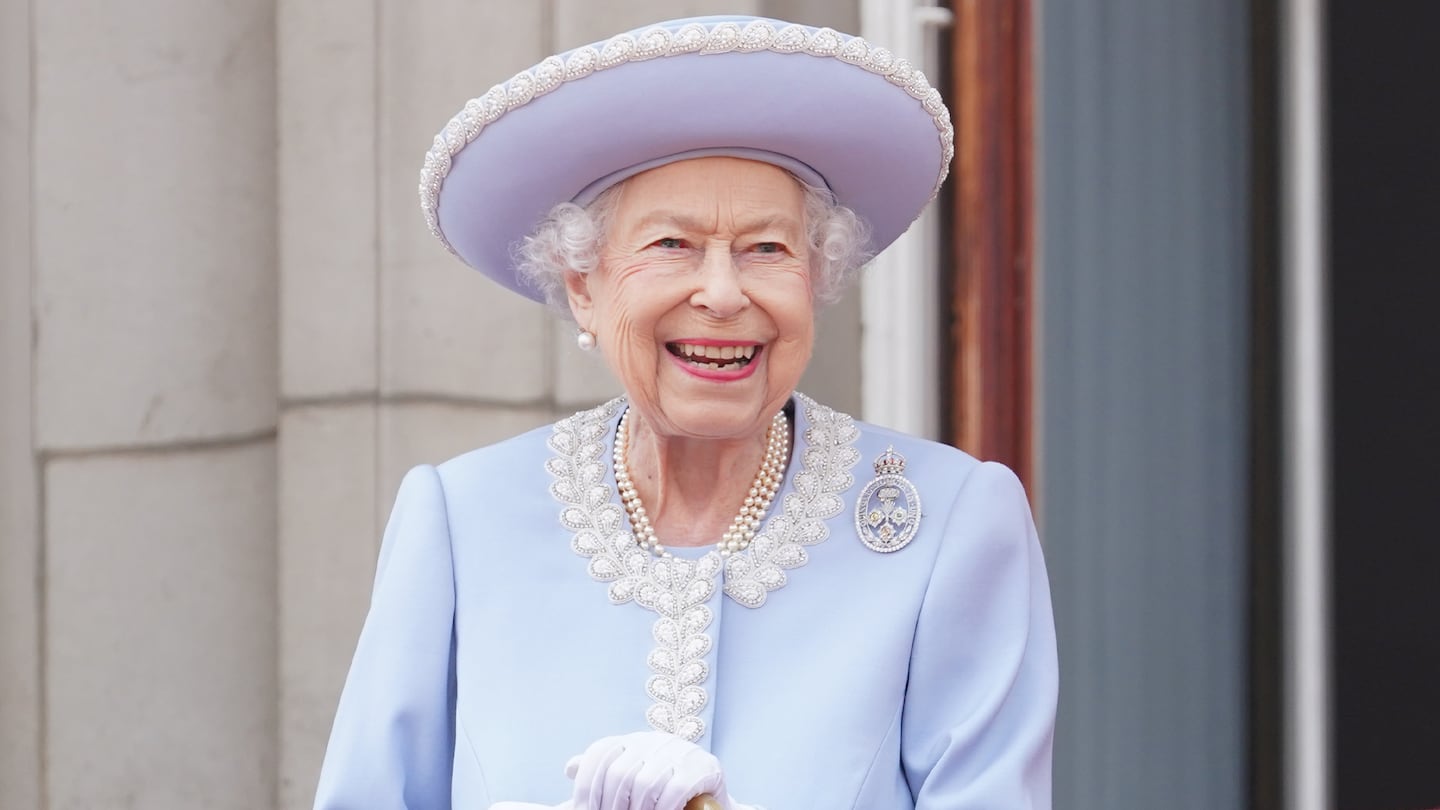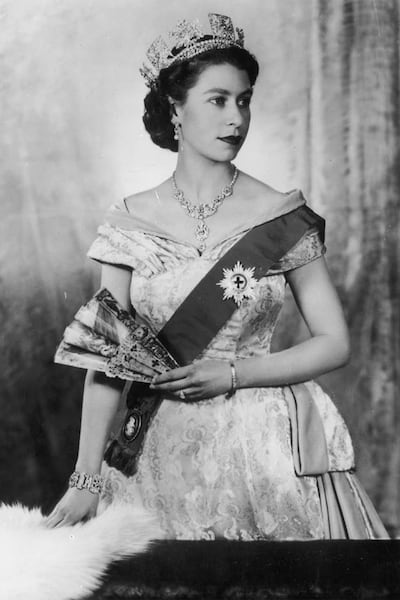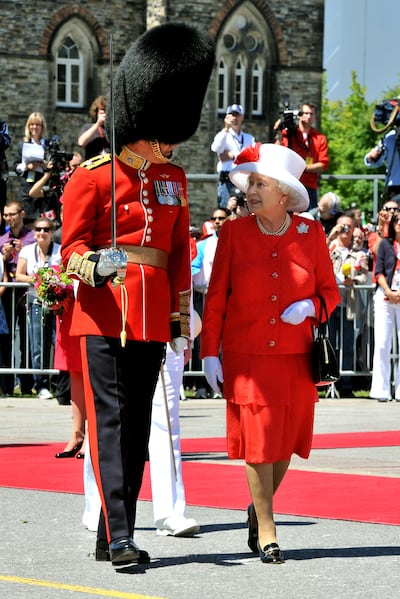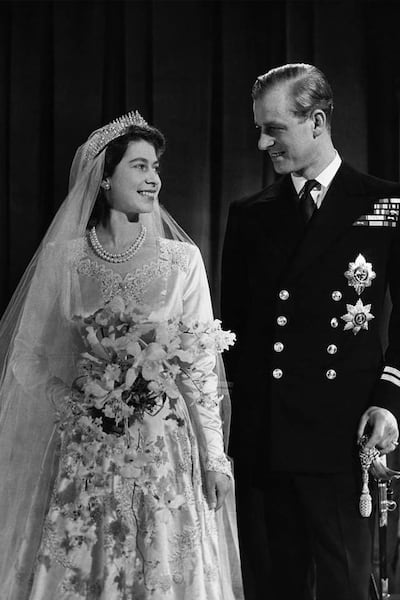
The Business of Fashion
Agenda-setting intelligence, analysis and advice for the global fashion community.

Agenda-setting intelligence, analysis and advice for the global fashion community.

Queen Elizabeth II, Britain’s longest reigning monarch and a much-loved force for national stability, has died at Balmoral Castle, her home in Scotland. She was 96 and will be succeeded by her eldest son, King Charles III.
Queen Elizabeth’s 70-year reign was extraordinary from the very start. Born on Apr. 21, 1926, in London’s Mayfair, she was the first child of the Duke of York, the second son of the then-reigning monarch King George V, and the Duchess of York. It was only when her uncle King Edward VIII abdicated in 1936 that her father became King George VI, making Princess Elizabeth the heir presumptive.
When her father died at the age of 56, she took the throne at the age of 25, presiding over the end of the British empire and the rise of the Commonwealth of Nations. In the years that followed, she met weekly with the 15 UK prime ministers who served her, from Winston Churchill to Boris Johnson. This week, she welcomed newly-appointed Prime Minister Liz Truss, who called her “the rock on which modern Britain was built.”
The Queen’s death starts a 10-day period of mourning. The date of her funeral has not yet been confirmed. (The British Fashion Council confirmed that London Fashion Week, scheduled for next week, will continue, though events scheduled for the day of the funeral are to be rescheduled and all parties and other non-essential events cancelled).
ADVERTISEMENT
The new King released a statement in the wake of the news. “The death of my beloved Mother, Her Majesty The Queen, is a moment of the greatest sadness for me and all members of my family,” the statement read. “We mourn profoundly the passing of a cherished Sovereign and a much-loved Mother. I know her loss will be deeply felt throughout the country, the Realms and the Commonwealth, and by countless people around the world. During this period of mourning and change, my family and I will be comforted and sustained by our knowledge of the respect and deep affection in which The Queen was so widely held.”

The first truly modern monarch, unlike her predecessors, the Queen’s image was routinely captured and circulated in the media, particularly with the rise of 24-hour news and social media platforms. Her outfits, often bold in colour and accessorised with go-to items like her black Launer handbag, Anello & Davide or Ferragamo loafers and her three-strand pearl necklace, were scrutinised the world over.
The Queen’s fashion choices were chronicled throughout her life, from her christening gown (comissioned by Queen Victoria and Prince Albert for their eldest child, Princess Victoria) to the tartan skirt she wore to greet her final Prime Minister, Truss. But as her childhood friend Alathea Fitzalan Howard wrote in “The Windsor Diaries,” Queen Elizabeth was not a natural clotheshorse. Rather, she developed an appreciation for fashion as a useful tool as she fulfilled her duties.
“Over all these years, for the most part, you didn’t hear from the Queen, we saw her,” said Elizabeth Holmes, author of “HRH: So Many Thoughts on Royal Style.” “It’s just a testament to the power of fashion that she recognised the role of clothes, that she was dressing for the people she was seeing in person, but also for the cameras.”

She is credited with inventing the concept of “sartorial diplomacy,” the act of using fashion as a gesture of diplomatic goodwill. On visits to Canada in both 1951 and 2010, for example, she wore a maple leaf brooch that first belonged to the Queen Mother. And on countless other travels abroad, she reflected the colours of the receiving country’s flag in her ensemble.
The practice goes back to her coronation gown, designed by British couturier Norman Hartnell. The white duchesse satin dress was covered in an intricate latticework design that featured the national flowers of various Commonwealth countries, such as New Zealand’s fern and South Africa’s protea, as well as England’s Tudor rose.
“She was one of the first public figures to realise that her fashion could send a message and was able to use fashion on a much larger scale,” said royal fashion expert Christine Ross. “Rather than being seen in one portrait once a year, she could be seen by the public on a daily basis.”
She’s also used fashion to send more subtle messages honouring family members, such as wearing the sapphire brooch she first wore in her engagement photographs with Prince Philip during her annual Christmas address in 2021, the year that he died.
ADVERTISEMENT
Her wedding dress was one of her most notable ensembles, worn in 1947 when she married Prince Philip. Designed by Hartnell, the ivory silk satin gown was encrusted with 10,000 seed pearls. She famously had to use rationing coupons to create her wedding gown, though the government gifted her an extra 200 coupons to cover the costs.

In more recent years, the Queen became known for her vibrant monochromatic ensembles, which she wore in order to ensure she stood out in the crowds that so often surrounded her during public engagements. She has been frequently quoted as saying “I have to be seen to be believed,” meaning that being out, about and visible was key to the future of the monarchy.
“She had a formula, but she didn’t just wear the same thing over and over,” said Holmes. “Within that formula, she had a lot of fun. She played with colours, textures and embellishments and managed to be both consistent and exciting with her fashion, which is so hard to do.”
Facing mounting social pressures, her reign also saw a move away from the constant gilded glamour that had previously been synonymous with kings and queens, with items like tiaras now worn only for official portraits and state dinners.
For over a quarter century, her senior dresser and personal assistant was Angela Kelly, a designer, dressmaker and milliner who was the architect of many of the Queen’s ensembles in the last decades of her life. Couturier Stewart Parvin also served as a royal dressmaker. Both were made members of the Royal Victorian Order, an honour typically reserved for those who served the Queen or her family.
“Although the Queen doesn’t consider herself to be a fashion icon, I am very aware that many people do,” wrote Kelly in her 2019 book “The Other Side of the Coin,” where she detailed her work as senior dresser and pulled back the curtain on the Queen’s fashion. “She is always on-trend, trendsetting, in fact, never puts a foot wrong when it comes to choosing the outfits she wears and takes inspiration from the classic styles of Dior and Chanel.”

In today’s fashion industry, her legacy is most prominently felt through the Queen Elizabeth II Award for Design, handed out annually by the British Fashion Council to recognise a promising young British designer that also has demonstrated attention to sustainability and community. In 2018, when the award was first presented to designer Richard Quinn, the Queen attended his London Fashion Week show, sitting next to Vogue editor Anna Wintour.
Beyond fashion, the Queen’s life has been a regular feature of pop culture: Helen Mirren played her in the 2006 film “The Queen” and the play “The Audience,” winning an Oscar and a Tony. Since 2016, a new generation of people has gotten to know Queen Elizabeth through Netfilx’s popular series “The Crown,” in which she was played by Claire Foy and Olivia Colman. She’s also had her own moments in the pop-cultural spotlight, appearing in a video with James Bond actor Daniel Craig for the London Olympics in 2012, as well as a recent clip with with Paddington Bear for her Platinum Jubilee earlier this year.
ADVERTISEMENT
She marked her Platinum Jubilee, 70 years on the throne, in June of this year with a 4-day celebration.
0 of 9
From analysis of the global fashion and beauty industries to career and personal advice, BoF’s founder and CEO, Imran Amed, will be answering your questions on Sunday, February 18, 2024 during London Fashion Week.
The State of Fashion 2024 breaks down the 10 themes that will define the industry in the year ahead.
Imran Amed reviews the most important fashion stories of the year and shares his predictions on what this means for the industry in 2024.
After three days of inspiring talks, guests closed out BoF’s gathering for big thinkers with a black tie gala followed by an intimate performance from Rita Ora — guest starring Billy Porter.